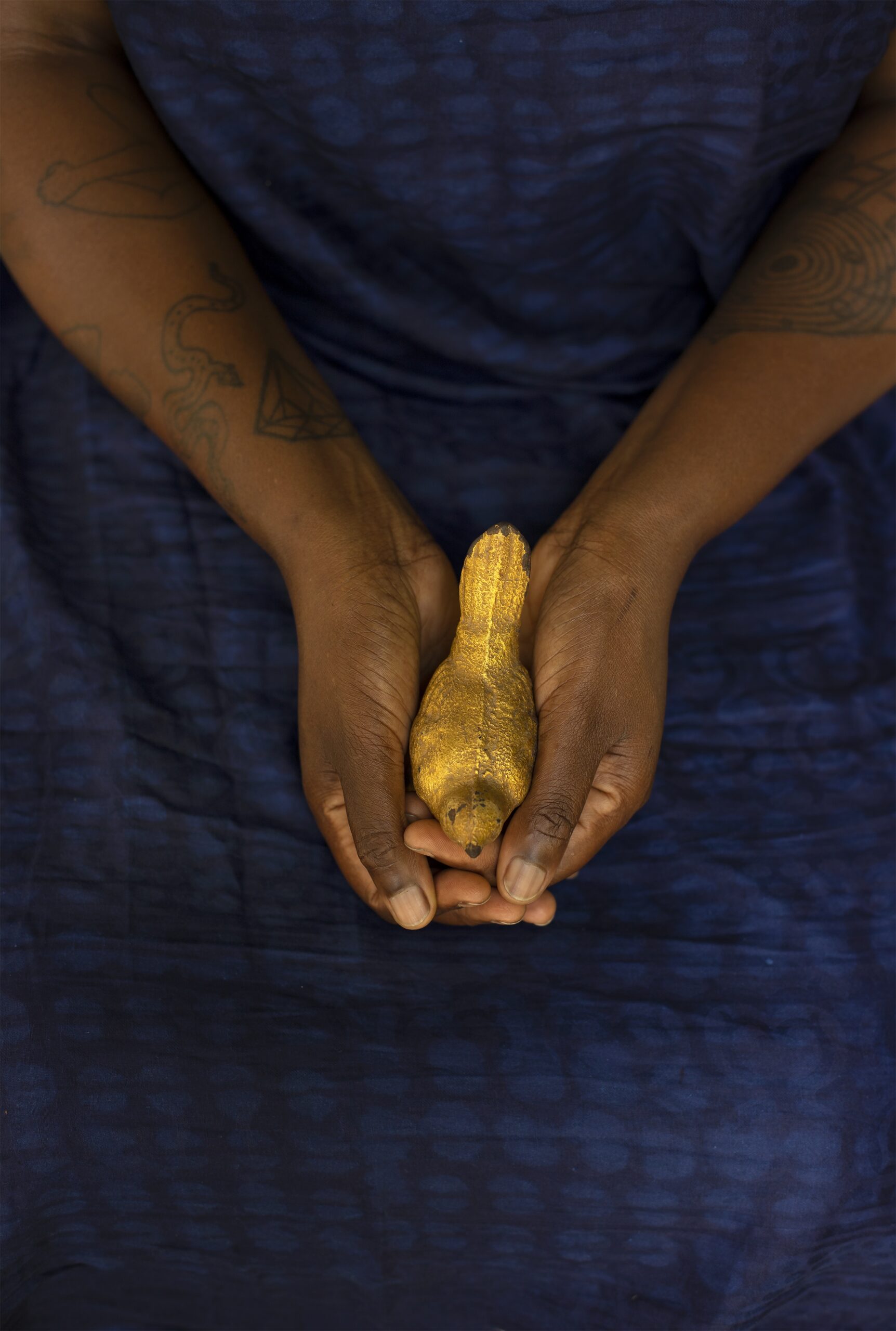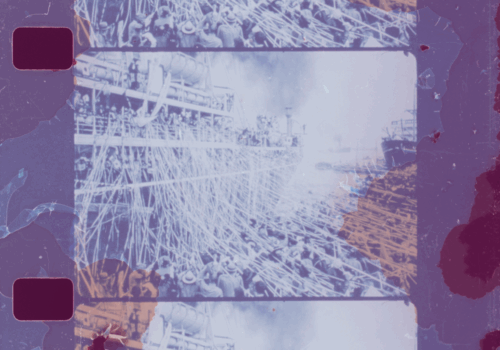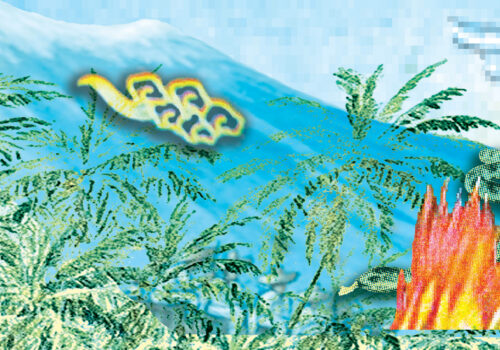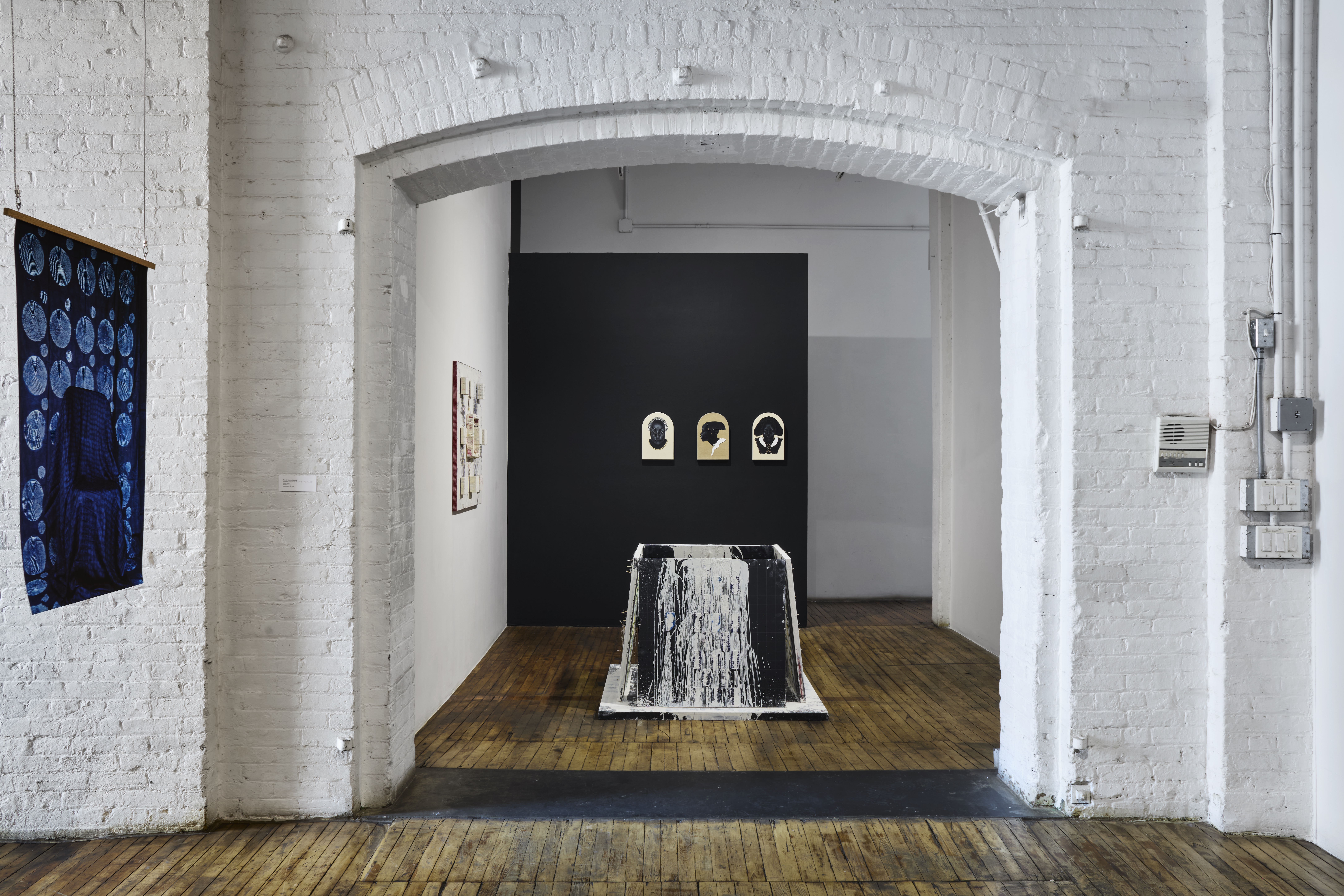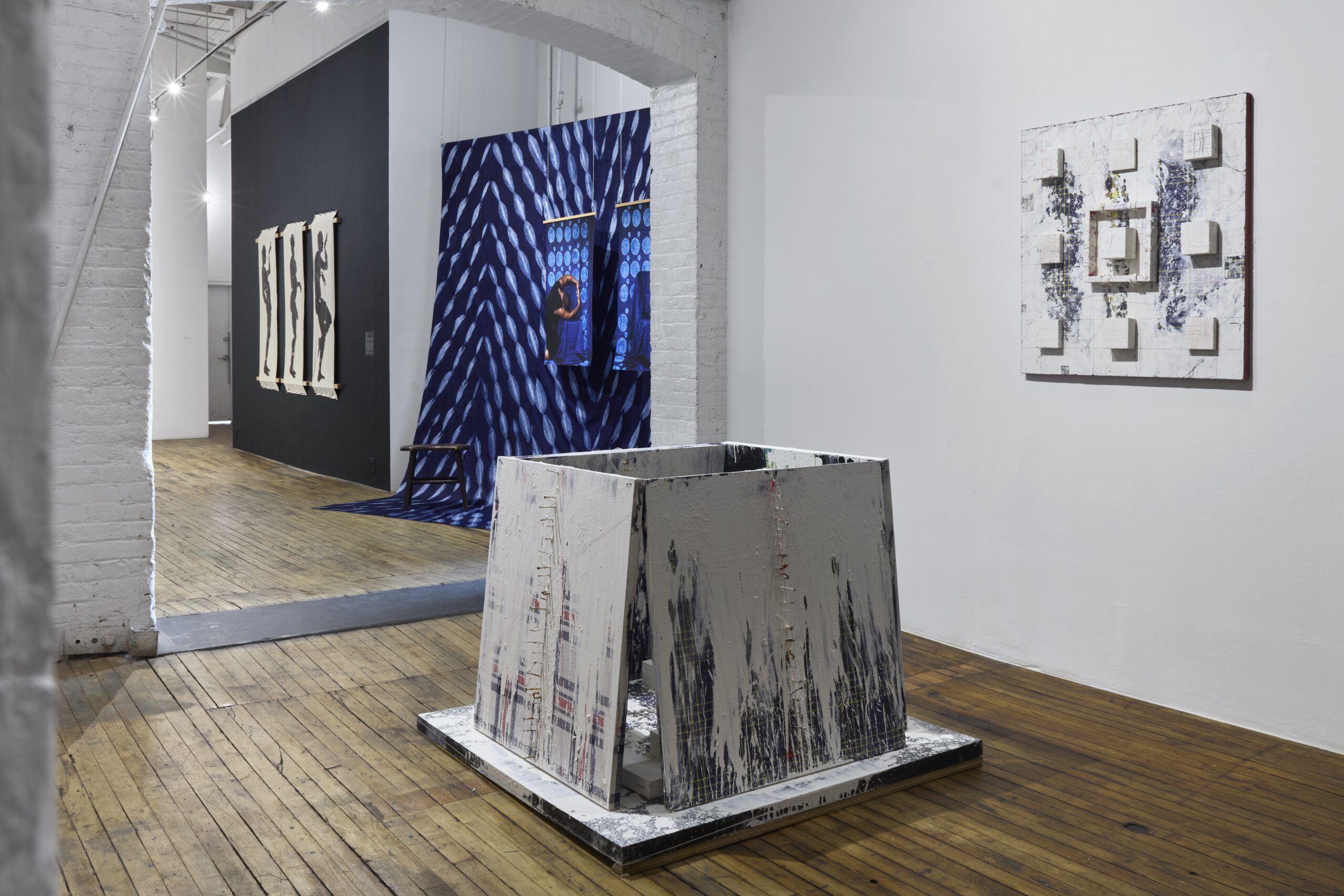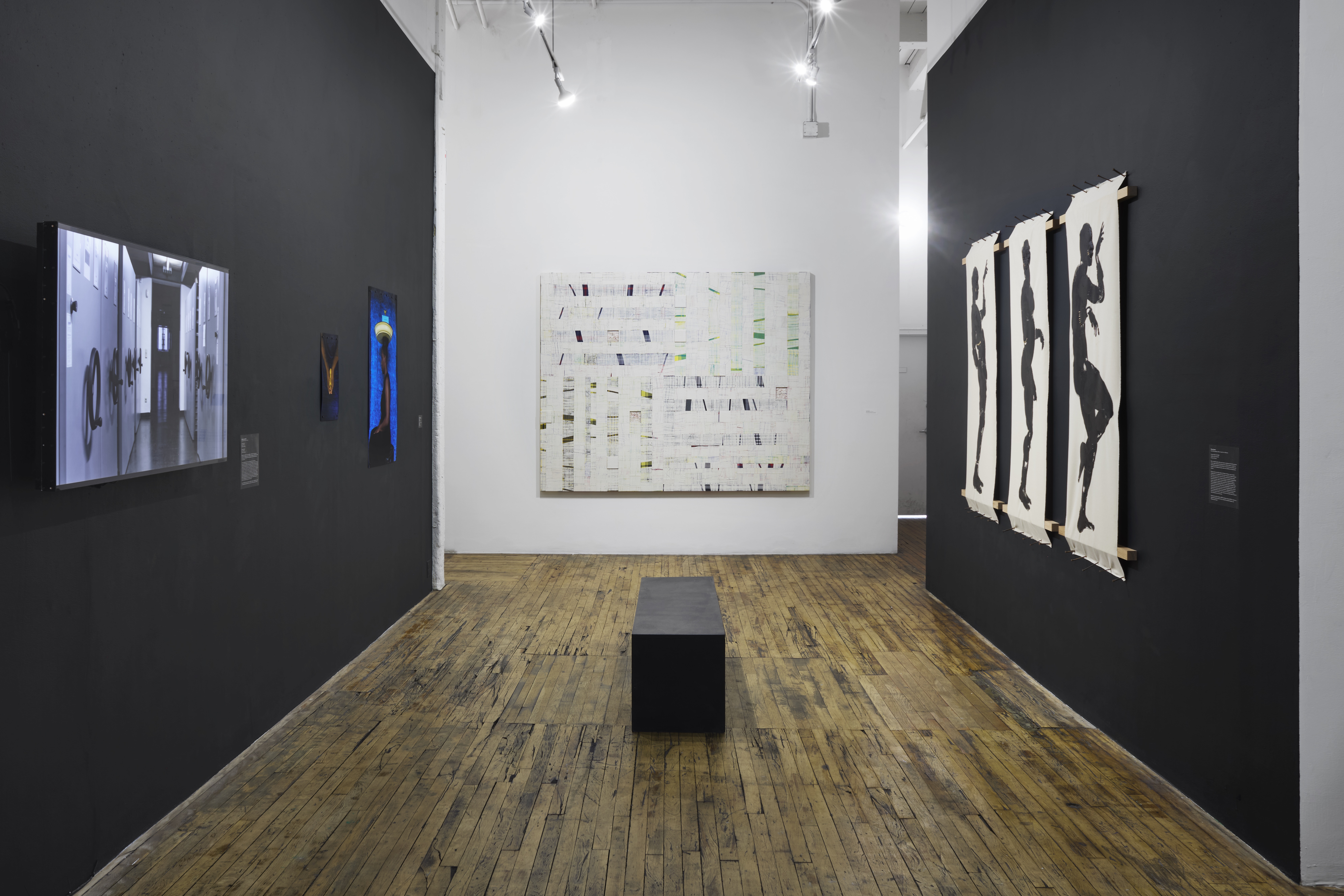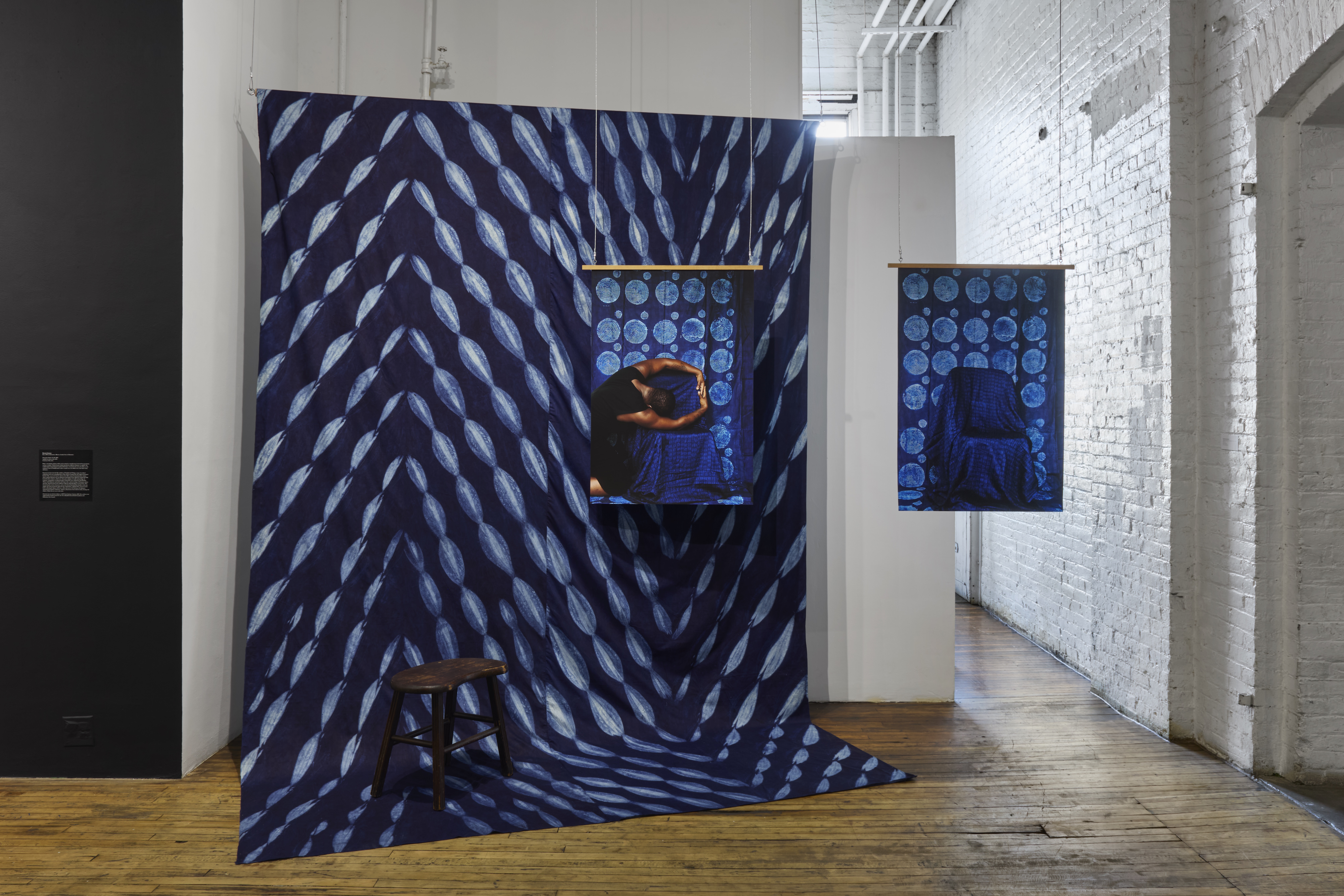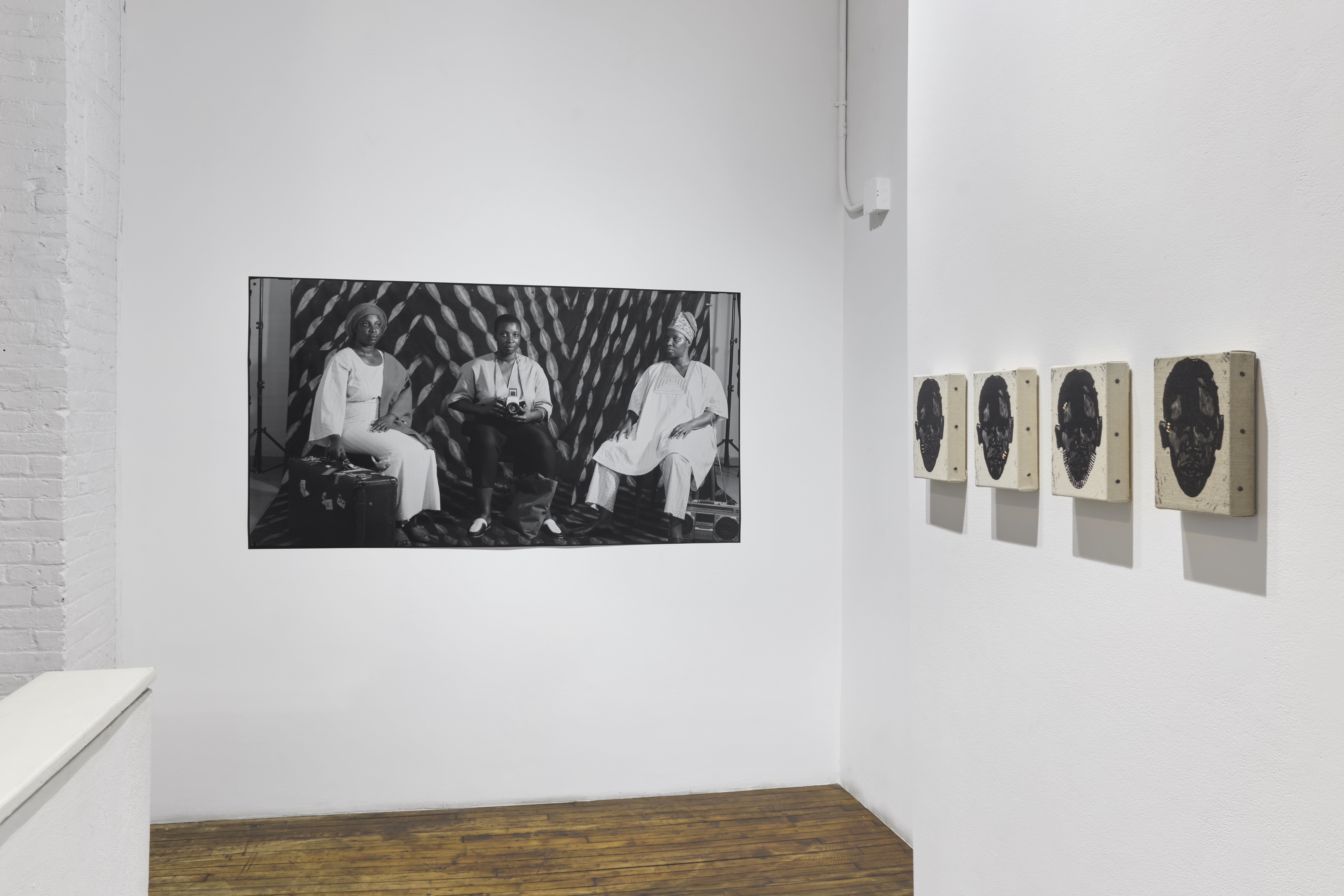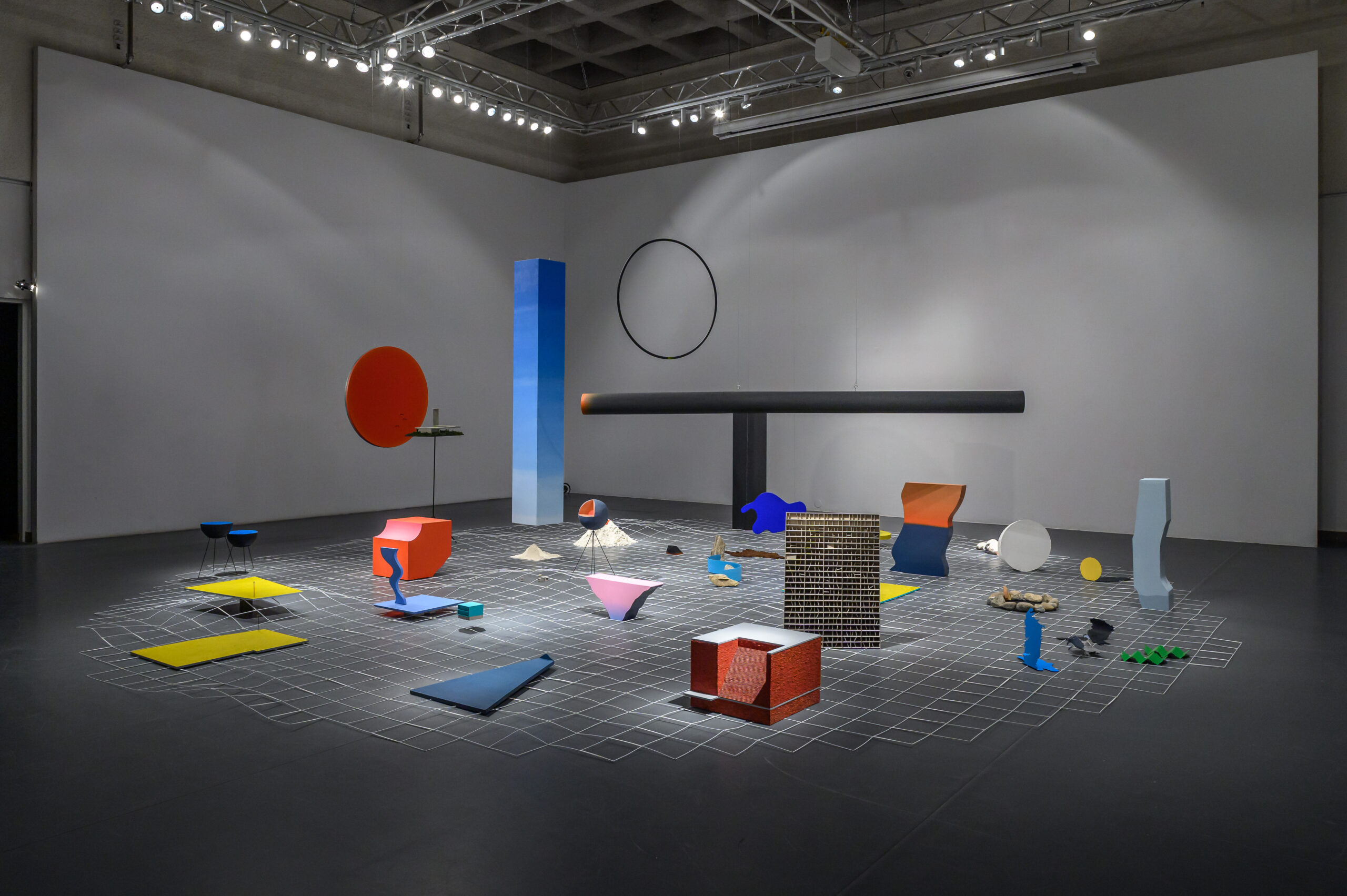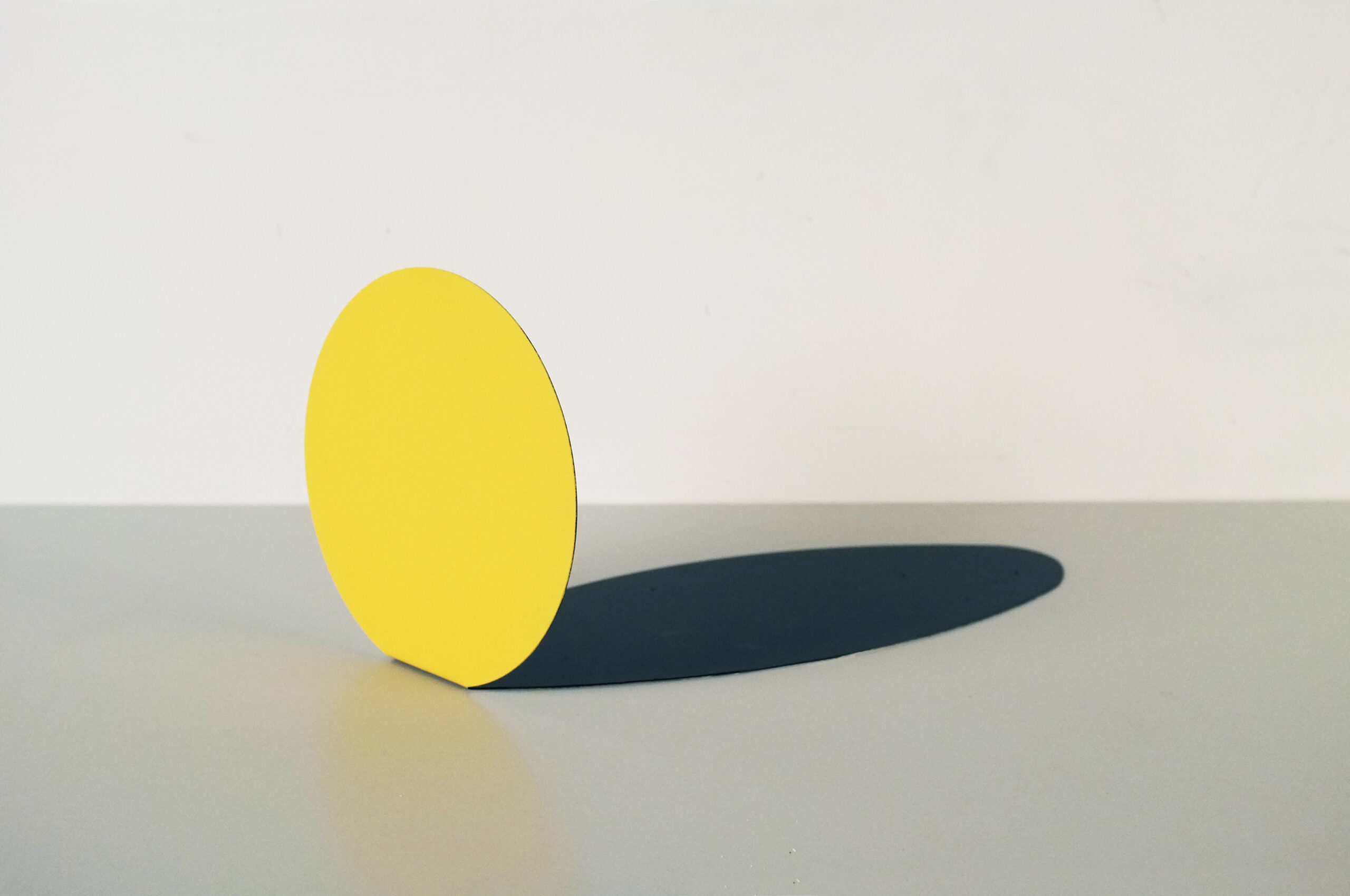Join us for the opening reception on Tuesday, September 9 from 6–8pm. A conversation between artists Remy Jungerman, Belinda Kazeem-Kamiński, and curator, TK Smith will take place at 7pm during the reception.
From one place to another, from one time to another, from one context to another. Carried Over is a focused group exhibition that explores the term diaspora as it is used to identify those who live across multiple countries, cultures, and histories. Diaspora describes the dispersion of movement away from a point of origin, while the phrase carried over allows us to consider migration and the intentional preservation of culture. This exhibition features the work of Braxton Garneau (Canada), Remy Jungerman (The Netherlands and United States), and Belinda Kazeem-Kamiński (Austria), three ISCP alumni with African and Indigenous roots who live and work around the world.
Each artist’s unique multimedia practice is defined by the intentional use of materials and symbols that are carried over from their respective cultures. This exhibition will incorporate painting, photography, sculpture, installation, and text, offering viewers the opportunity to experience their varied approaches to upholding and transforming meaning. When placed in dialogue, these three artists tell profound stories of place and displacement, of resilience and resistance, that are never fully resolved. In their hands, culture is interrogated, celebrated, and transformed, inviting us to consider the often complex motivations behind what is carried over and what is cast off as we migrate from place to place.
Carried Over is curated by TK Smith, Curator, Arts of Africa and the African Diaspora, Michael C. Carlos Museum at Emory University, Atlanta, Georgia.
About the artists:
Braxton Garneau (b. 1994, Edmonton, Alberta, Canada; lives in Edmonton) explores the connections between place, memory, and Black diasporic identity through paintings, installations and sculptural works. Drawing on his family’s ties to the Caribbean and the Canadian prairies and inspired by costuming traditions, Garneau looks at how histories, both inherited and lost, are present in the land and in the body. He uses materials like asphalt, sugarcane pulp, raffia, bones, and shells to create poetic, layered compositions that reflect themes of migration, transformation, and resilience.
His work has been presented in exhibitions at Remai Modern, Saskatoon, Canada (2025); Art Gallery of Alberta, Edmonton, Canada (2021 and 2024); Efraín López, New York (2024); GAVLAK Gallery, Los Angeles, California (2023); and Mitchell Art Gallery, Edmonton, Canada (2020), among other institutions. Garneau’s solo exhibition at moniquemeloche, Chicago, opens in September 2025.
Garneau was an artist-in-residence at ISCP from Spring to Summer 2025. His residency was supported by the Canada Council for the Arts, Elizabeth Greenshields Foundation and Edmonton Arts Council.
Remy Jungerman (b. 1959, Moengo, Suriname; lives in Amsterdam and New York) creates works that subvert Western art histories by fusing patterns and symbolism from Afro-Surinamese spiritual traditions with 20th-century Modernism. His abstract sculptures and installations are informed by ritual and cultural memory and incorporate materials connected to the African diaspora. Drawing from Maroon culture and Winti religion, Jungerman’s work explores transatlantic connections across time and space and actively invokes ancestral presence through the use of materials such as wood, textiles, nails, and kaolin clay.
His work has been presented in exhibitions at the Stedelijk Museum, Amsterdam, The Netherlands (2021–2022); Katonah Museum of Art, Katonah, New York (2022); Prospect 3, New Orleans (2014–2015); Brooklyn Museum, New York (2007); and Havana Biennale, Cuba (2009), among other institutions. In 2022, he represented The Netherlands at the 58th Venice Biennale. His solo exhibition at Fridman Gallery, New York opens on September 12, 2025.
Jungerman was an artist-in-residence at ISCP in 2018. His one-year residency was supported by Mondriaan Fund, The Netherlands.
Belinda Kazeem-Kamiński (b. 1980, Vienna, Austria; lives in Vienna) is an artist and writer whose research-based approach emerges from Black feminist thought and confronts the ongoing afterlives of colonialism. She explores the gaps and silences found in colonial archives through her work in photography, film, performance, and installation, creating affective and speculative interventions that reframe Black memory and presence. With an emphasis on diasporic knowledge and resistance, her work frequently examines the relationship between visibility, haunting, and historical refusal.
Her work has been presented in exhibitions at Kunsthaus Graz, Austria (2025); Art Encounters Biennial, Timișoara, Romania (2025); mumok – Museum moderner Kunst Stiftung Ludwig Wien, Vienna, Austria (2024); Kunst Meran, Merano, Italy (2025); Liverpool Biennial, Liverpool, UK (2023); and Biennale de l’Image Possible, Lìege, Belgium (2024), among other institutions.
Kazeem-Kamiński was an artist-in-residence at ISCP from Summer to Fall 2023. Her residency was supported by the Federal Ministry for Arts, Culture, Civil Service and Sport of Austria.
About the curator:
TK Smith is a curator, writer, and cultural historian. He currently serves as Curator, Arts of Africa and the African Diaspora, Michael C. Carlos Museum at Emory University. Previously, Smith served as Assistant Curator: Art of the African Diaspora at the Barnes Foundation. Recent curatorial projects include the 2025 Mississippi Invitational: Call Home at the Mississippi Museum of Art, Hand to Mouth at Stove Works, and the forthcoming 2026 Oregon Artist’s Biennial at the Oregon Contemporary. Smith is a contributing editor of Art Papers. He has been awarded the Andy Warhol Arts Writers Grant and Leo and Dorothea Rabkin Prize, and is a doctoral candidate in the History of American Civilization at the University of Delaware, where he is completing his dissertation, “Granite, Power, and Piss: The Transformation of a Confederate Symbol.”
Carried Over is supported by DutchCulture USA, a program of the Kingdom of the Netherlands in the United States; Austrian Cultural Forum; Federal Ministry for Arts, Culture, Civil Service and Sport of Austria; Brooklyn Borough President Antonio Reynoso; Hartfield Foundation; James Rosenquist Foundation; Milton and Sally Avery Arts Foundation; New York City Council District 34; New York City Department of Cultural Affairs in partnership with the City Council; New York State Council on the Arts with the support of Governor Kathy Hochul and the New York State Legislature; van Beuren Charitable Foundation; William Talbott Hillman Foundation; and Woodman Family Foundation.
